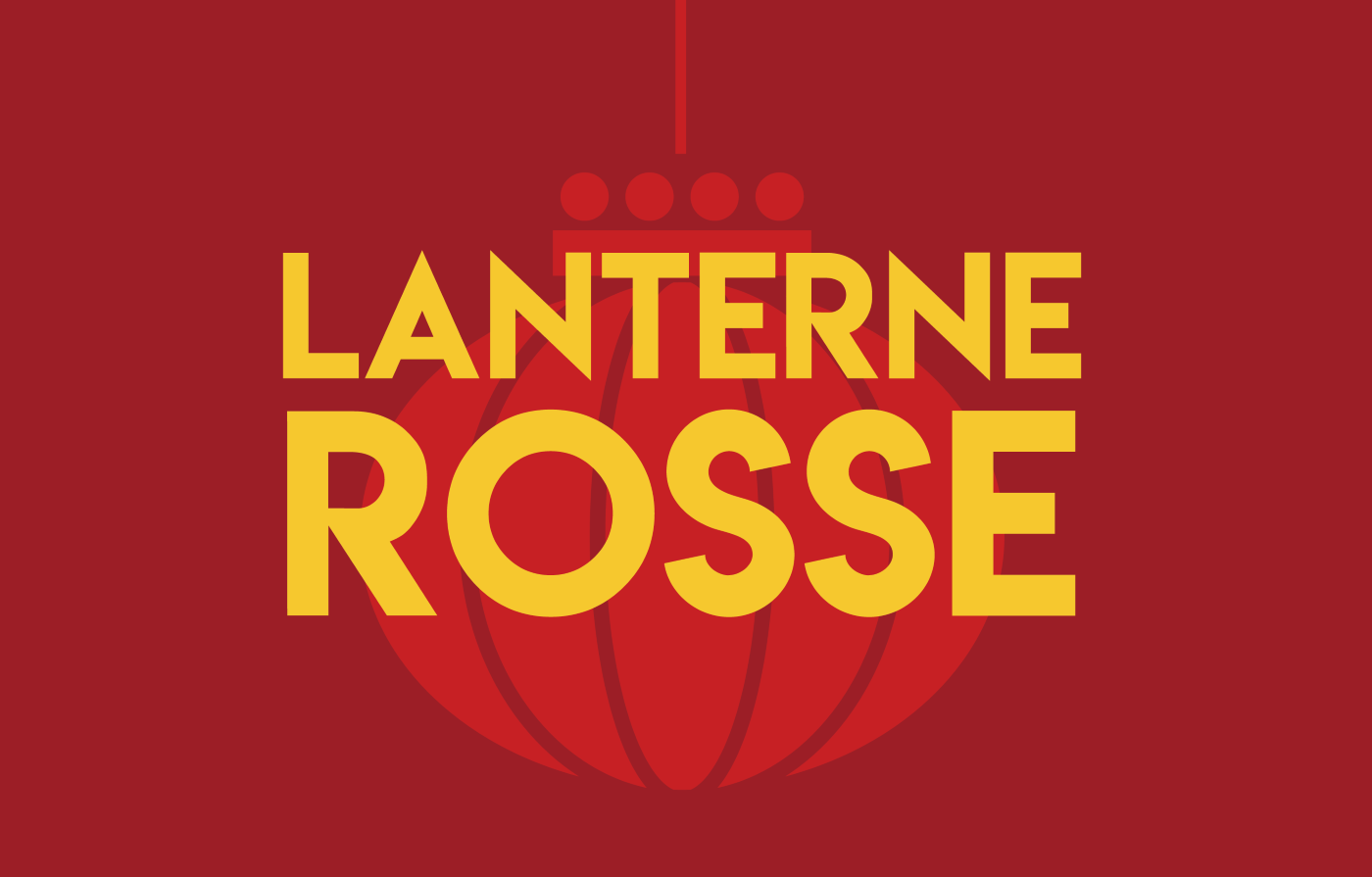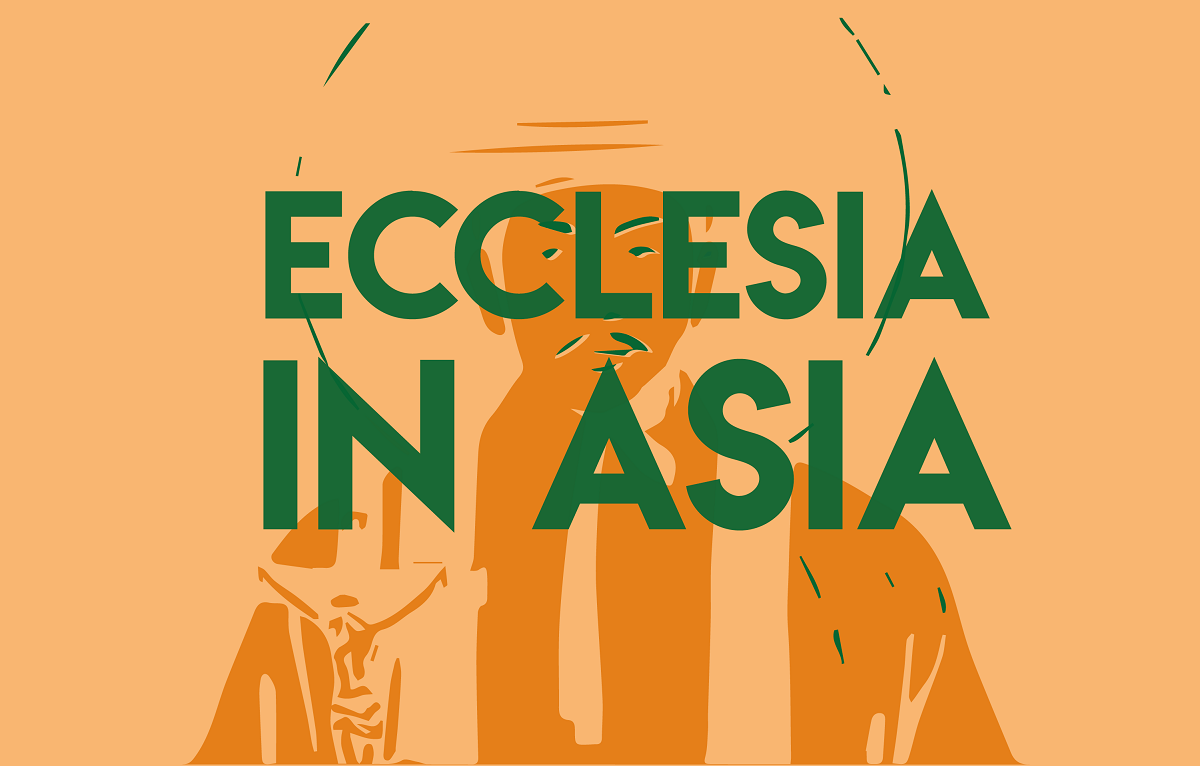Discussing the new five-year plan amid Xi Jinping's purges
The long-awaited Fourth Plenum of the Central Committee of the Communist Party of China ended today in Beijing chaired by Xi Jinping, offering little direction if the final communiqué is to be believed. The emphasis on the “extraordinary” results of the 2020-2025 five-year period was countered by current economic difficulties. In the end, the spotlight was on the new wave of firings from top military command posts.
Milan (AsiaNews) – This week in China was dominated by the liturgy of the long-awaited Fourth Plenary Session of the Central Committee of the Communist Party of China (CPC). Between party congresses (the last was held in 2022), such meetings are held (usually seven), attended by the more than 300 members of the Central Committee, the country's leading governing body.
The primary function of plenary sessions is to get all party officials around common political goals, projecting the image of collective governance.
This week's meeting was crucial because it was tasked with discussing the new five-year plan, the 15th since Mao’s times, which will guide the development of the People’s Republic of China (PRC) from 2026 to 2030.
Obviously, at stake are not only economic policies (already an extremely sensitive issue in the current climate), but also decisions regarding strategic priorities.
The discussion surrounding the five-year plan is a crucial moment to test the solidity of the general secretary's leadership. It is no coincidence that unverifiable rumours have multiplied in recent weeks regarding internal dissension and even Xi Jinping's health.
Plenary sessions are held behind closed doors, so very little is known about what was discussed. Everything was left to a final communiqué, which was released today.
Despite the usual formulas, the latter reveals very little, limiting itself to noting that Xi Jinping, as party general secretary, laid out the draft of the plan to the Central Committee. For the rest, it praises the "extraordinary" results of the five-year period ending in 2025.
The press release reads: “Facing a complex and intricate international situation and arduous and heavy domestic tasks of reform, development, and stability, the Party Central Committee, with Comrade Xi Jinping as the core, united and led the whole Party and people of all ethnic groups throughout the country, faced difficulties head-on, forged ahead with determination, withstood the severe impact of the once-in-a-century pandemic, effectively responded to a series of major risks and challenges, and promoted the Party and the country’s undertakings to achieve new major accomplishments.
In actual figures, the Global Times (China’s English-language mouthpiece) predicts that China's GDP will reach 140 trillion yuan by the end of 2025, a five-year increase of more than 35 trillion yuan, a steady 30 per cent of global economic growth, “an oasis of certainty” in the global economy.
This idyllic scenario is starkly at odds with other data, such as the collapse of Chinese exports and foreign direct investment in China, partly linked to the political situation.
Just today, for example, China had to deal with the new blow from the European Union's decision to include four Chinese companies in new sanctions against Russian oil exports.
Meanwhile, focus is on the meetings, centred on tariffs, that Vice Premier He Lifeng will have tomorrow with US Treasury Secretary Scott Bessent and Trade Representative Jamieson Greer, on the sidelines of the ASEAN summit in Malaysia.
So, what direction will China take in its new five-year plan? Many questions remain.
The statement by the CPC’s plenum on the future is short on concrete ideas but full of slogans, like China must build a modern industrial system and strengthen the foundations of the real economy, achieve greater technological self-sufficiency, stimulate new productive forces, develop a robust domestic market, and promote an innovative development model.
It must also accelerate “modernisation of agriculture and rural areas,” by “optimising regional economic layout,” encouraging “national cultural innovation and creativity,” and “advance common prosperity for all.”
The ambition of a "comprehensive green transformation" is reiterated, placing the PRC at the forefront of environmental policies, a path backed by an improved quality of life and the ideal of a "Beautiful China."
There is, of course, no shortage of emphasis on the "modernisation of the national security system," because, for Xi Jinping, the PRC’s contribution to the cause of peace depends on a strong military.
In short, the message is always the same: despite international crises, everything is going wonderfully well, thanks to the CPC’s guidance and its "unified" leadership.
This, in fact, is the real issue that dominated the extremely delicate plenum meeting, namely the sensational new purges sanctioned by the Central Committee meeting itself.
Once again the most significant removal appears to affect the top brass of the People's Liberation Army (PLA), including General He Weidong, second vice chairman of the Central Military Commission, personally chosen by Xi in 2023 for this role, the third highest in the PLA’s hierarchy.
In its statement accusing He and others of "serious violations of Party discipline and law", the Central Committee also announced the name of his successor, General Zhang Shengmin.
The statement notes that “governing the country must begin with governing the Party, and only when the Party thrives can the country be strong. The more effective the Party’s management and governance, the more effectively it will guarantee economic and social development.”
Such a message suggests that the internal showdown is far from over.
RED LANTERNS IS THE ASIANEWS NEWSLETTER DEDICATED TO CHINA. WOULD YOU LIKE TO RECEIVE IT EVERY THURSDAY? TO SUBSCRIBE, CLICK HERE.
30/10/2020 12:53
26/10/2020 10:15
24/10/2016 17:22







.png)










